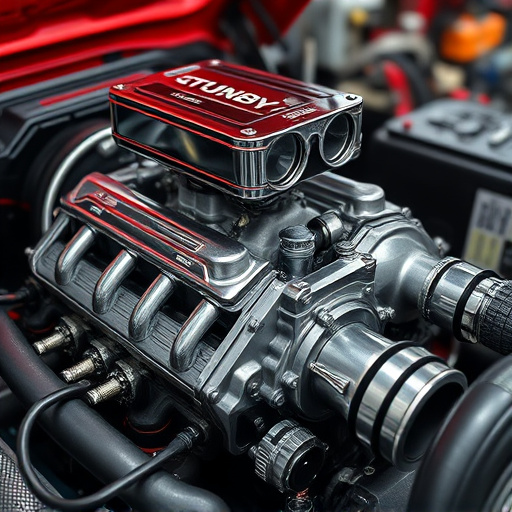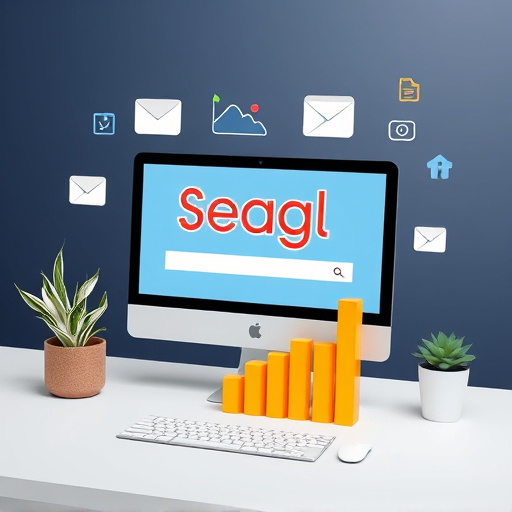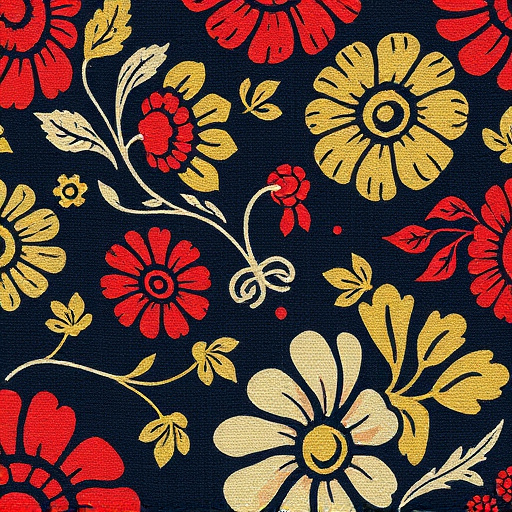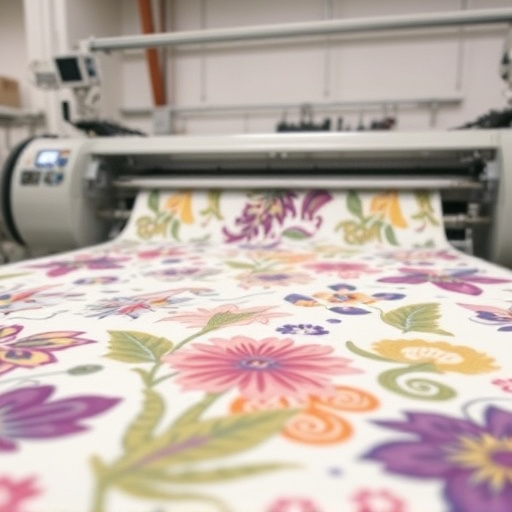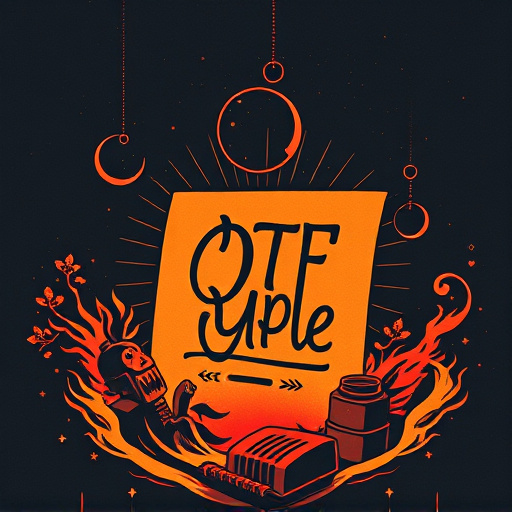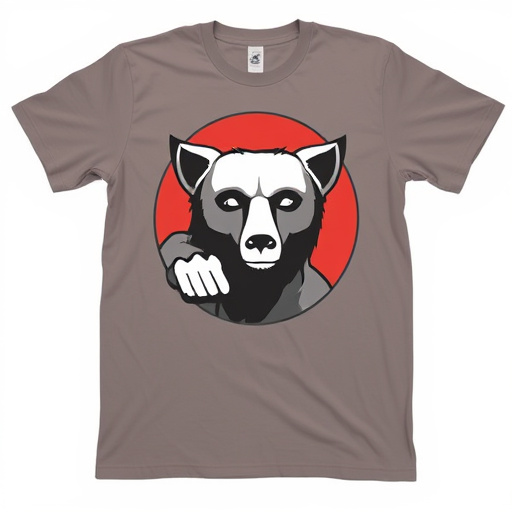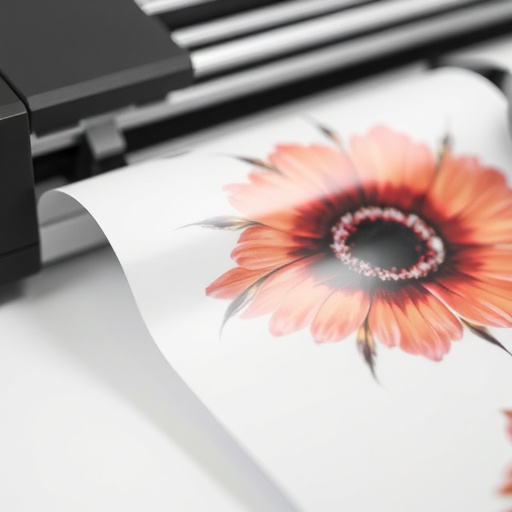The Direct-To-Fabric (DTF) printing technology has revolutionized the custom apparel industry, offering high-quality, personalized fabric printing for hoodies and beyond. With advancements in inkjet technology, DTF caters to intricate designs, vibrant colors, and diverse fabrics. Future trends predict enhanced print capabilities, faster production times, and expanded fabric options through improved ink formulations and equipment speed, elevating the customer experience and redefining clothing customization. These developments position DTF as an exciting innovation for both manufacturers and consumers alike.
The world of Direct-To-Fabric (DTF) printing is evolving rapidly, with future trends poised to revolutionize the industry. From its modest beginnings to its current status as a game-changer in textile printing, DTF technology has come a long way. This article explores the past, present, and most importantly, the future of DTF printing, focusing on its enhanced multi-fabric print capabilities. We delve into the latest advancements, from ink innovations to digital technologies and sustainability initiatives, that are shaping a dynamic and diverse future for this exciting field.
- The Evolution of Direct-To-Fabric (DTF) Printing: Past, Present, and Future
- – A brief history of DTF printing technology
- – Current state and its impact on the industry
The Evolution of Direct-To-Fabric (DTF) Printing: Past, Present, and Future

The evolution of Direct-To-Fabric (DTF) printing has been a remarkable journey from its early beginnings to the cutting-edge technologies of today. In the past, screen printing and heat transfer methods dominated the custom apparel industry. However, with advancements in technology, DTF printing emerged as a game-changer, offering efficient, high-quality, and personalized printing solutions directly on fabric.
Currently, DTF printing has found its niche, particularly for creating direct to film personalized hoodies and other garments. This method allows for intricate designs, vibrant colors, and a wide range of fabrics to choose from. The future of DTF looks promising with trends suggesting enhanced print capabilities, faster production times, and even more fabric options. These developments will not only cater to the growing demand for custom apparel but also enable businesses to offer unique, personalized products, elevating the customer experience in the process. With its versatility and efficiency, DTF printing is poised to redefine the way we approach clothing customization, making it an exciting time for both manufacturers and consumers alike.
– A brief history of DTF printing technology
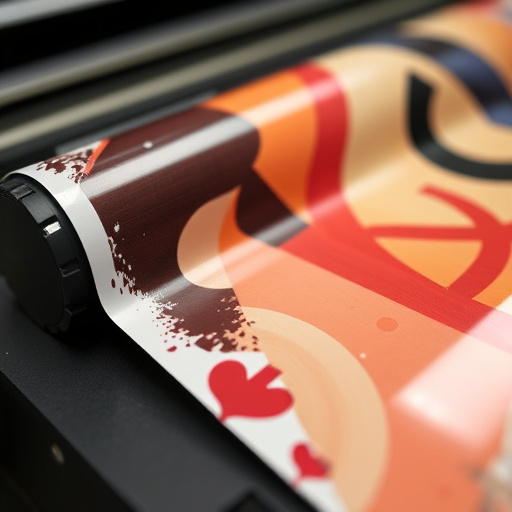
Direct to Fabric (DTF) printing technology has evolved dramatically since its inception, marking a significant shift in the way we approach textile printing. Historically, traditional methods like silk screening and heat press were prevalent but limited in terms of design complexity and print quality. DTF printing emerged as a game-changer, offering unparalleled versatility and precision. This innovative process allows for the application of print directly onto various fabrics without the need for intermediate surfaces or complex setup.
With advancements in inkjet technology and specialized DTF transfer films, printers can now achieve vibrant, high-resolution prints on a multitude of materials. The DTF Future Trends point towards even greater capabilities, including expanded support for bulk DTF shirt production, improved print speeds, and enhanced color accuracy. These developments are revolutionizing the apparel industry by enabling businesses to produce custom, on-demand garments with intricate designs at competitive prices, catering to the ever-evolving demands of modern consumers.
– Current state and its impact on the industry

The current state of direct to fabric (DTF) printing technologies has significantly reshaped the apparel industry’s landscape. With rapid advancements in inkjet and laser printing methods, DTF for t-shirts and other garments has become a game-changer, enabling intricate and personalized designs with unmatched precision. This technology allows for on-demand production, catering to the fast-paced demands of modern retail and e-commerce markets. As a result, brands can swiftly adapt to evolving trends and consumer preferences, fostering a dynamic and responsive industry environment.
DTF future trends promise to further enhance multi-fabric print capabilities, opening up new possibilities for apparel designers and manufacturers. Innovations in print resolution, ink formulations, and equipment speed are set to revolutionize DTF for apparel, making it even more versatile and efficient. Custom sheets for heat pressing designs onto garments will also benefit from these advancements, allowing for bolder, more detailed patterns and an expansion of printable material options.
The evolution of Direct-To-Fabric (DTF) printing technology is poised for exciting future trends that will significantly enhance multi-fabric print capabilities. By leveraging advancements in ink, materials, and machinery, the industry is set to achieve even greater efficiency, versatility, and quality. These DTF future trends promise to transform not just how we print on fabric, but also the very fabric of creative expression and industrial applications.


